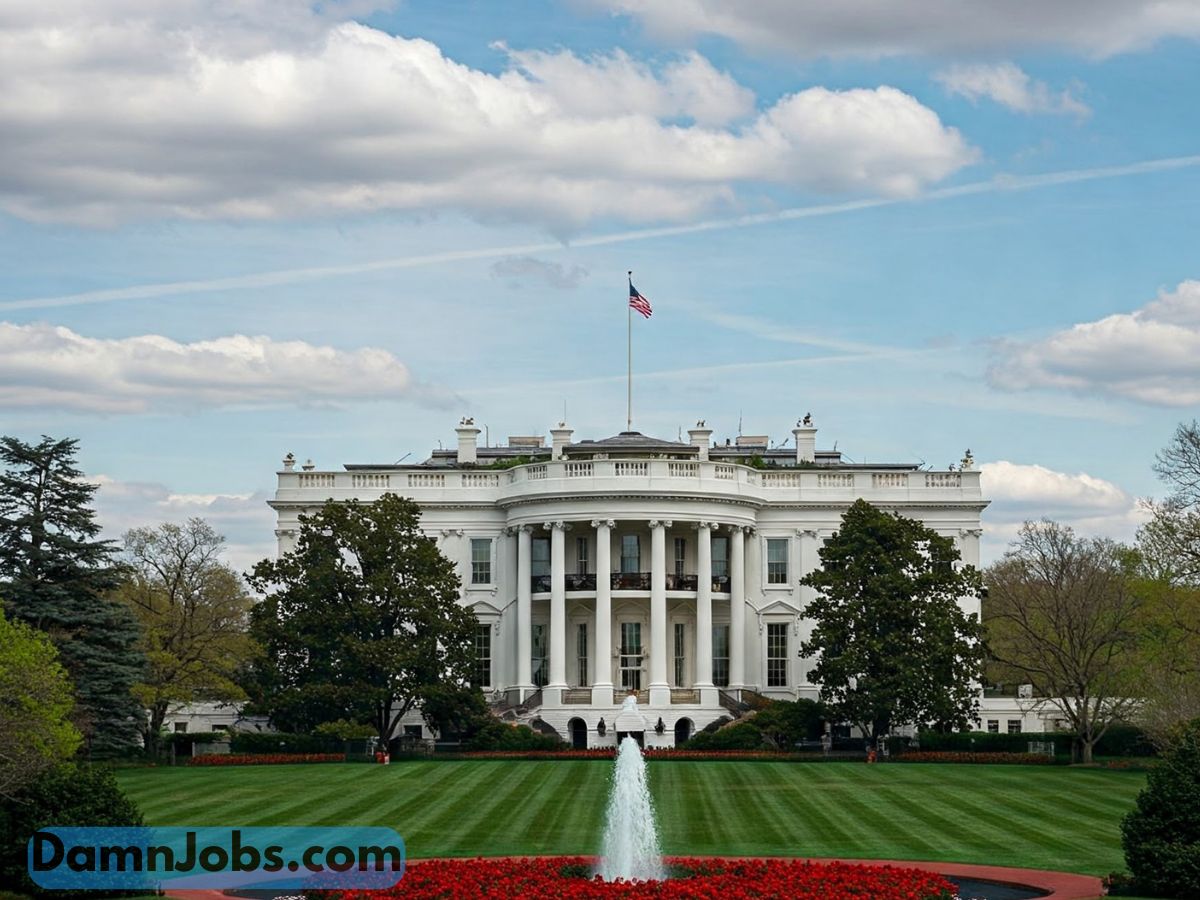Since President Donald Trump began pushing to cut down the size of the federal government, unemployment in Washington, D.C. has been on the rise.
Almost 4,000 workers in the area filed for unemployment benefits since Trump took office.
This surge began in the first few weeks of 2025 and seems likely to grow as more layoffs are planned.
In total, almost 7,000 claims were filed in the first six weeks of the year—about 55% more than the same time last year.
Claims jumped to 1,780 by the week ending February 8th, marking a 36% increase from the week before.
While the nation’s unemployment numbers have stayed mostly steady, with 216,000 new claims on average every week, D.C. is seeing an unusual spike.
This is largely because of Trump’s push, along with the Department of Government Efficiency headed by Elon Musk, to lay off thousands of federal workers.
Buyout offers have also been extended to around 75,000 employees, leading many to leave.
D.C.’s unemployment rate stood at 5.5% in December 2024, one of the highest in the country.
But areas like Arlington and Alexandria, Virginia, saw much lower unemployment rates, at just 2.7%.
The U.S. unemployment rate was 4.1% in December but dropped to 4% in January.
The cuts to federal jobs in D.C. are noticeable, but they likely won’t affect the national job market much, according to workforce expert Raj Namboothiry.
The overall U.S. job market remains fairly stable, even though the reduction in government workers could create some local challenges.
In fact, these displaced workers may find new opportunities. Namboothiry suggests that many of their skills could be in demand in other sectors of the economy.
Fields like accounting are doing well right now, while others, like software development, may struggle to find new hires.
For those affected, it might depend on their specific job sector as they search for new work.
Related Reads
Trump Offers Federal Workers an Eight-Month Pay Incentive to Quit Job
Trump Administration Fires Over 400 DHS Employees in Ongoing Purge
Do More Jobs Really Benefit the Economy?
Trump’s plan to cut federal jobs is just one part of his broader strategy to shrink the government, which is still playing out across the country.
How these cuts affect workers will depend on their roles and industries, but many may find new career paths in the private sector.

